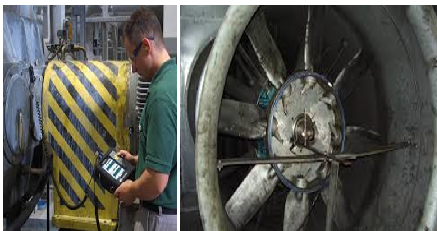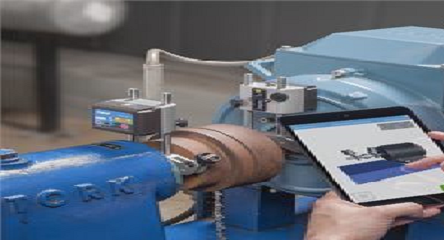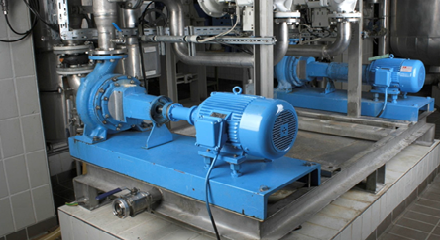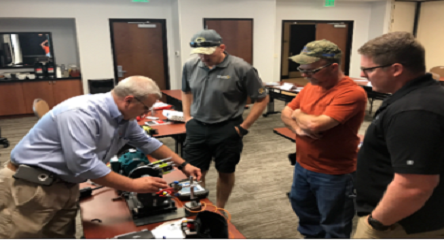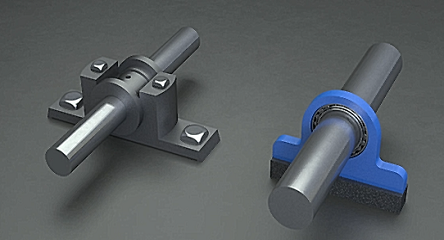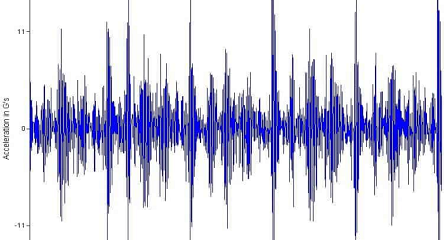In every good maintenance program, there needs to be a place to store a history of problems found and actions taken if we are to learn from our experiences and continuously improve. All too often, the system of record keeping is our memory or “little black book” or, even worse, rumors as to what happened and what was done to correct it. Human nature tends to err on the side of caution so if we just whip a little more preventive maintenance on it, it should not happen again. Wrong.
So we finally get wise and decide to invest in a Computerized Maintenance Management System (CMMS). After all, the sales guy said it would solve all of our problems…. “Just plug it in and all your issues will be taken care of.” By the way if you believe that, I have a bridge you might like to buy.
We know we need something to organize all of the data being captured when we plan and perform a maintenance action. It’s just hard to figure out where to start. But before we can select a system, we need to figure out what we really need in terms of capacity, planning, scheduling, spares management, cost tracking, utilization metrics, etc., etc.
So as a starting point, first examine how you are planning and executing work today. Do you come in to work and look at what has failed over the past 24 hours to determine the work schedule for the day? Do you review the work accomplished the previous day for completeness and quality? Do you begin to look ahead at long-lead-time jobs for parts on hand and breaks in production schedules for repair opportunities? All of these are examples of the types of work you encounter all the time. The key is how you handle each. A good-fit CMMS will allow you to see all of this information quickly so that you can evaluate the best use of your physical assets (people) to get the most effective and productive work accomplished in order to optimize your workforce.
If we look at all the reactive work (emergency and breakdown), all the preventive work (inspections, predictive technology rounds, overhauls), and all the backlog work (long-term care, painting, rebuilds), we can see where the best mix of our human resources should lie. On any given day, a mix of all three of these types of work needs to be accomplished. A well-functioning CMMS gives us the ability to manage all three from identification to planning to scheduling to execution and post-completion. We need to identify what information we need for each phase in order to effectively move an issue through the system.
Identification of a problem.
We need to capture what the issue is, down to the actual potential failure mode (material condition of the asset, i.e., binding bearing, broken linkage). This accurate depiction of the issue is vital for minimizing troubleshooting and planning a good resolution task. [As Found Condition]
Planning the work
We need to look at the issue and classify it as emergency work or routine repair. In either case we need to plan the corrective action by ensuring we have a well-thought-out repair procedure (capturing that procedure for future use), required parts availability (stock outs or one-time order) and required skill level to effect the repair.
Scheduling the work
We need to be able to effectively marry up planned jobs with qualified personnel at appropriate operational opportunities to effect repairs with minimal operational impact. This needs to be at least a one-week ahead effort with hopefully a three-or-four-week ahead as well (longer-lead-time jobs).
Executing the work
We need to ensure the materials are staged at the scheduled opportunities and any prep work has been completed (i.e., rigging, scaffolding, etc.) so that the work can be efficiently performed. We need to ensure there is operational acceptance of the work and any re-work issues are addressed. [As Left Condition]
Post-Completion and Closeout
We need to decide what information to collect for future improvements when closing out the job. This includes reviewing the job for repetitiveness, parts used, job plans created and filed, time/cost overruns, scope revisions, etc. Each evolution should be a learning experience for future work.
Data Accuracy
There are very few CMMS implementations that contain enough “Good Data” to enable us to perform a high level of statistical analysis. However, when we ensure accurate data is being collected for the work phases above, this along with human experience gives us information we can trend to continuously improve content of maintenance actions or frequency of occurrence. When inaccurate data is collected, the information is skewed and all the good that can be achieved from the plan is negated. Everyone has a part in building the system, from the operator correctly identifying the problem to the planner accurately scheduling parts and labor to the scheduler building a realistic execution schedule (1 week ahead, 3 weeks ahead, 4 weeks ahead) to the maintenance technician performing and documenting the repair (both time required and parts used) to the Reliability Manager doing a detailed postmortem.
All of these actions make a CMMS implementation effective. What platform you choose and the whistles and bells it has will only make it more efficient. Beware, if you don’t tackle the effectiveness first, overlaying a sophisticated CMMS on an ineffective maintenance organization just makes the organization more efficient at being ineffective.

